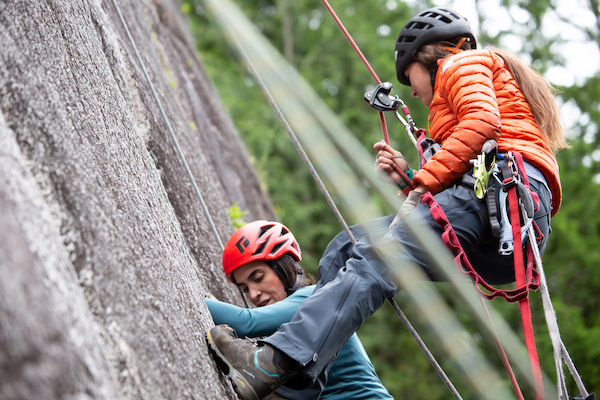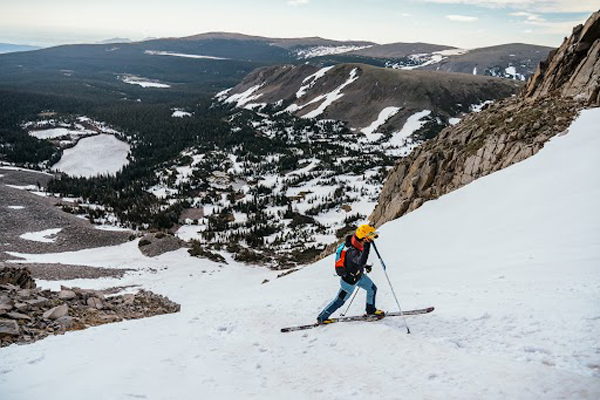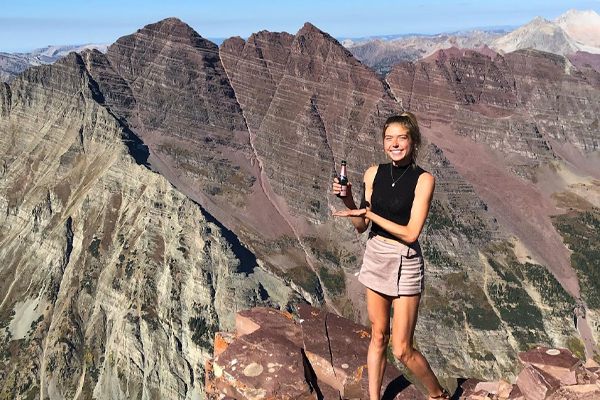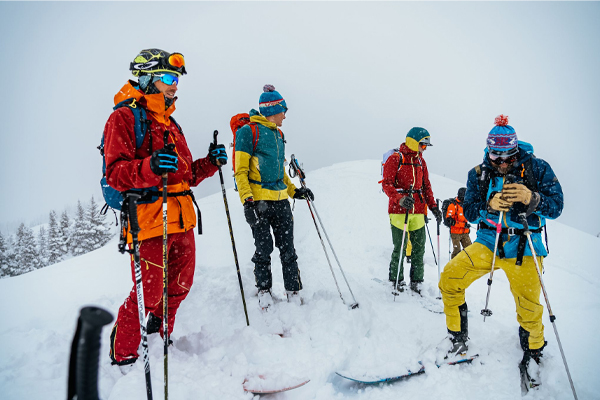Gym Series - Climbing Technique

Proper technique comprises a set of skills that can increase a climber's efficiency across ability...
- - -
We're defining technique as the ability to leverage your strength and flexibility to move through climbs in the most efficient and effective way possible. For the beginner to the experienced climber—everything that follows is meant to be actionable. Detailed enough to provide direction, but malleable enough to be applied when and where you see fit, because with different body types, and individual strengths and weaknesses, each climber has to learn what works for him personally.
When we approach technique development at The Power Company, we distill the fundamentals of climbing movement and take climbers through the full spectrum of those fundamentals. The more thorough a climber’s understanding of the base principles—like tension, momentum, and effort—is, the better he can apply these skills in different situations.
The following exercises will help you develop an understanding of these foundations of movement while also highlighting specific aspects you may need to focus on.
One Touch
Purpose: Climbing without readjusting your hands or feet to increase climbing precision. This will save skin and energy while climbing.
Adjusting your hands and feet too much seems like a rookie move, and no one believes that they constantly shift their hands and feet around until they see video proof. Before you write this one off, warm-up then video yourself climbing something at the upper end of your flash level that you haven’t previously attempted. If you notice habitual micro hand and foot adjustments, continue with the drill below.
<
How To:
•Climb a boulder problem or route and only allow your hands and feet to touch each hold once. If you place your hand or foot poorly on the first try, keep going without readusting.
•Keep your eyes on the next hold until you’ve latched it.
•As the number of hand and foot adjustments you make gradually decreases, make precision a conscious effort when attempting harder climbs. (*One exclusion to this drill is pocket climbing. When climbing dynamically on deep pockets, it is often necessary to hit a hold one way, and then adjust to get the best purchase.)
Perfect Repeat
Purpose: Learn to pick apart sequences and climb efficiently by identifying and eliminating flaws in movement.
While putting effort into getting stronger is a worthwhile pursuit, spending a little time each session eliminating movement inefficiencies will allow you to get the most out of the strength you already have.
Start by videoing yourself climbing. Cimbers' perception of how they think they climb is often different from how they actually climb—video proof will help eliminate some personal bias. (If you don’t have a smart phone or don’t want to shoot video, using a partner for this drill works too; you can discuss beta and movement together, just be ready for constructive criticism.)
Watching high level climbers move, while noting the differences in their movement patterns and your own, is also beneficial. Some of what they do will be attributed to strength, but there is still a lot that you can translate into your own climbing.
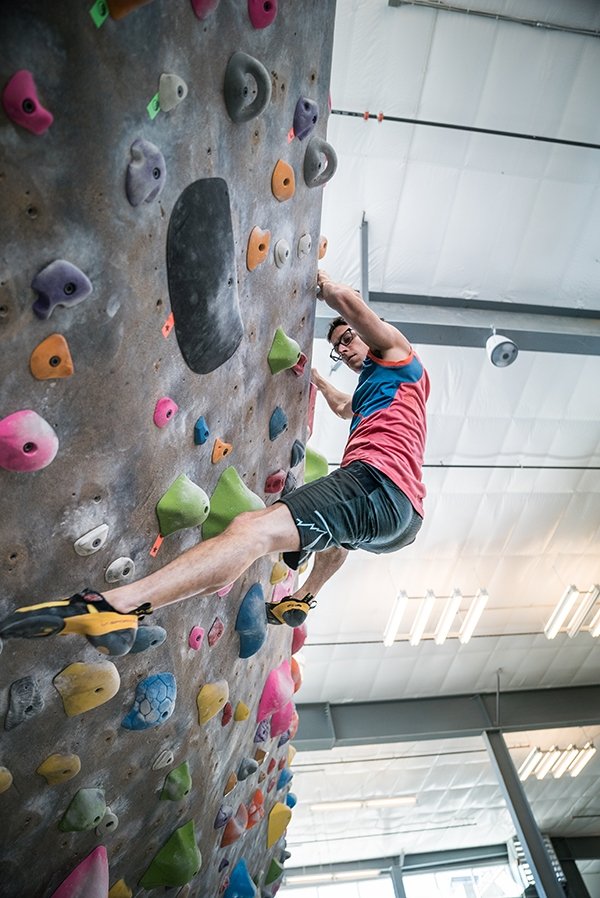
Spending a little time each session eliminating movement inefficiencies will allow you to get the most out of the strength you already have.
How To:
•Pick a boulder problem in a style that you want to improve at—an area of weakness, or something that is specific to a project you are working.
•Repeat the problem five times. Attempt to make each go better than the last. Rest as much as needed between attempts.
•Start with a problem around your onsight, or flash level. Make these repeats perfect by honing in on the small imperfections in your movement, attempting to correct them each repeat—eliminating a foot or hand adjustment, choppy movement, or losing tension through your core on big moves.
•When you think you have repeated the problem in the best possible form using your current sequence, look for subtleties in beta, like eliminating an unnecessary foot match, to improve further.
•Take your climbing speed into consideration. Decide whether the problem requires faster, more dynamic movement, or slower, more precise climbing. It's okay to do the same Perfect Repeat problems from session to session until you're certain it can't get better.
•If done on a route, use the first 3-4 bolts to repeat instead of the entire climb.
One Size Fits All
Purpose: Develop the ability to generate power and tension from both bunched up and extended body positions.
We all have certain body positions where we feel our strongest. When things get steep, some of us feel best getting really high feet and climbing bunched. Others feel strongest when they are starfished out on the wall. These preferences tend to shift depending on the angle of the climb. By going through this exercise, we can expand the ranges where we feel comfortable.
How To:
•Choose a boulder problem that is at the upper end of your warm-up range. You'll be climbing the problem four times, each time with open feet.
•First time, climb with the lowest possible open feet for every move. Think about how far away from your body you can keep your feet (whether that means low, or wide, feet).
•The second time, make adjustments to your chosen feet, and when possible choose further, or wider feet. If you were too extended the first time, adjust to closer feet. The goal is to remain as extended as possible without cutting feet.
•The third and fourth times, climb with the highest feet possible. Try to make the fourth go more bunched than the third.
•After a few sessions of practice, modify by shifting the amount of focus you spend on each aspect. If you find extended climbing much harder than climbing bunched, do each problem only bunched once, and three times extended. Experiment with the types of holds you use as well, being extended on slopers will feel different than being in the same position on incut holds.
Three Strike Circuit
Purpose: Practice trying hard, climbing confidently, and executing sequences.
One of the greatest displays of climbing skill is when a high level climber is able to “flip the switch” and pull onto a climb with complete confidence, try with 100% effort, and execute perfectly. When you watch elite climbers, it seems like they are able to do this more often than regular climbers. There’s a reason for this.
Flipping the try-hard switch is a skill in the same way that using momentum or precise movement are skills. And just like any skill, you must practice it with deliberate focus in order to improve. While circuiting on really hard boulder problems may seem more like a power exercise, focusing on technique during this drill adds a mental component that will help you hone your ability to “flip the switch.” You have to be deliberate with this.
How To:
•Repeat the five hardest boulders that you've done in the gym. You have three tries per problem. If you fall on the third try, you have to move on—no exceptions.
•Choose problems that are the hardest for you personally, they don't have to be the hardest grade you have climbed.
•Before you pull onto the wall, rehearse the problem in your head twice. While visualizing the climb, focus on precision, confidence, and fluid movement as you transition through each body position. Try to imagine what a great effort feels like as you mentally rehearse it. When you pull onto the wall, aim to climb as well as you do in your visualization. If you fall, pause to reflect on what you can do better before giving your next attempt.
•Rest at least 3 minutes between attempts. The goal is high quality efforts, not to get pumped.
•As any of these exercises become easier to execute, try to do them on harder problems. Just like with lifting weights, if you don’t keep increasing the difficulty of your skill practice, you won’t get better.
There is no magic bullet for having great technique. Understanding movement and transferring that to performance is a lifetime pursuit. Hopefully these exercises makes that pursuit a little more tangible and a little more fun.
For more training tips check out the POWER COMPANY CLIMBING PODCAST!
Written by The Power Company in partnership with La Sportiva.
Photos and Video: © Henna Taylor





